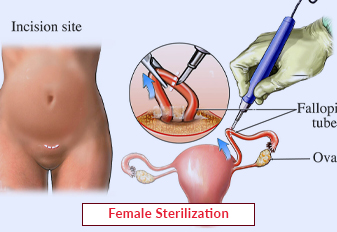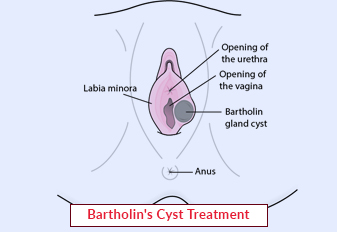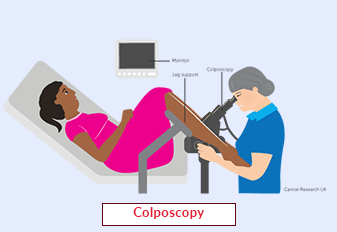Female Sterilization

Female sterilisation, also known as tubal sterilisation or tubal ligation, is a surgical procedure performed to permanently prevent pregnancy in women. It is one of the most effective forms of contraception and is considered a long-term solution for those who no longer wish to have children. In this article, we will explore the concept of female sterilisation, its significance as a birth control method, and the procedure involved in the process.
Book an AppointmentAbout Female Sterilization
Female sterilisation is a surgical procedure that involves blocking or sealing the fallopian tubes, which are the pathways through which the egg travels from the ovaries to the uterus. By preventing the sperm from reaching the egg, fertilisation and pregnancy are effectively avoided. There are different methods of female sterilisation, including tubal ligation, tubal occlusion, or the use of a tubal implant. The procedure is considered permanent and should only be chosen by women who are certain they do not want to have any more children.
Procedure of Female Sterilization
-
Preoperative Evaluation: Before undergoing female sterilization, the healthcare provider will perform a thorough evaluation, including a discussion of the patient's medical history, contraceptive needs, and desired family size. This is important to ensure that female sterilization is the most appropriate option for the individual.
-
Anesthesia: Female sterilization is typically performed as an outpatient procedure under general anesthesia, although local anesthesia or spinal anesthesia may also be used in some cases.
-
Surgical Technique: The specific surgical technique used for female sterilization may vary. The two most common methods are laparoscopic tubal ligation and hysteroscopic tubal occlusion.
-
Laparoscopic Tubal Ligation: In this procedure, small incisions are made in the abdomen, and a laparoscope (a thin, lighted tube with a camera) is inserted to visualize the fallopian tubes. The tubes are then sealed, cut, clipped, or cauterized to prevent the passage of eggs.
-
Hysteroscopic Tubal Occlusion: This procedure is less invasive and does not require any incisions. A small tube is inserted through the cervix into the uterus, and a special device or implant is placed inside the fallopian tubes to block them.
-
Recovery and Postoperative Care: After the procedure, the patient is observed in a recovery area to monitor for any immediate complications. Most women can go home the same day. Recovery time varies, but most individuals can return to their normal activities within a few days. It is important to follow postoperative instructions, which may include avoiding heavy lifting or sexual activity for a specific period to promote healing.
Require Assistance?
Get A Quick Callback From Our Healthcare Experts






